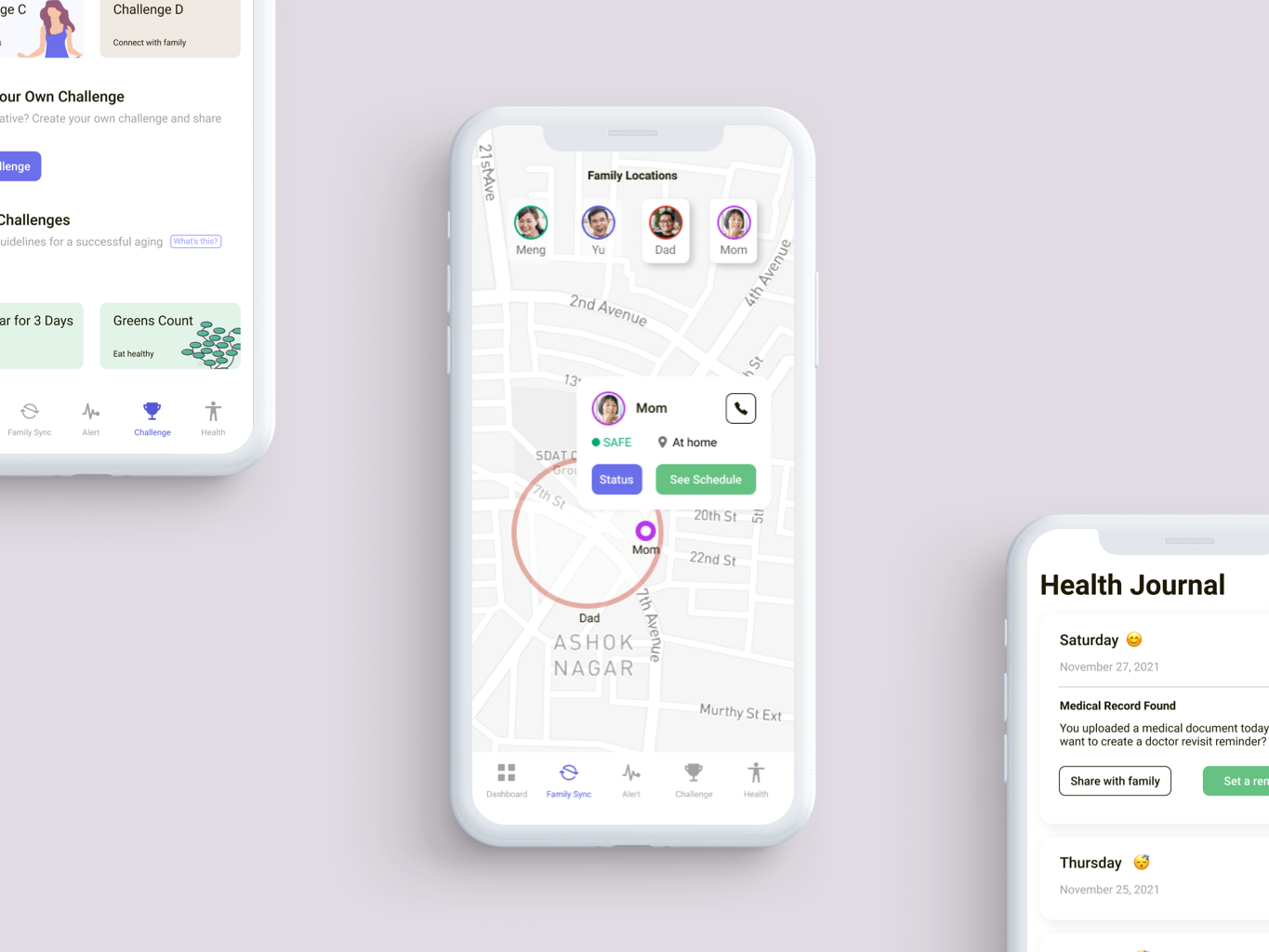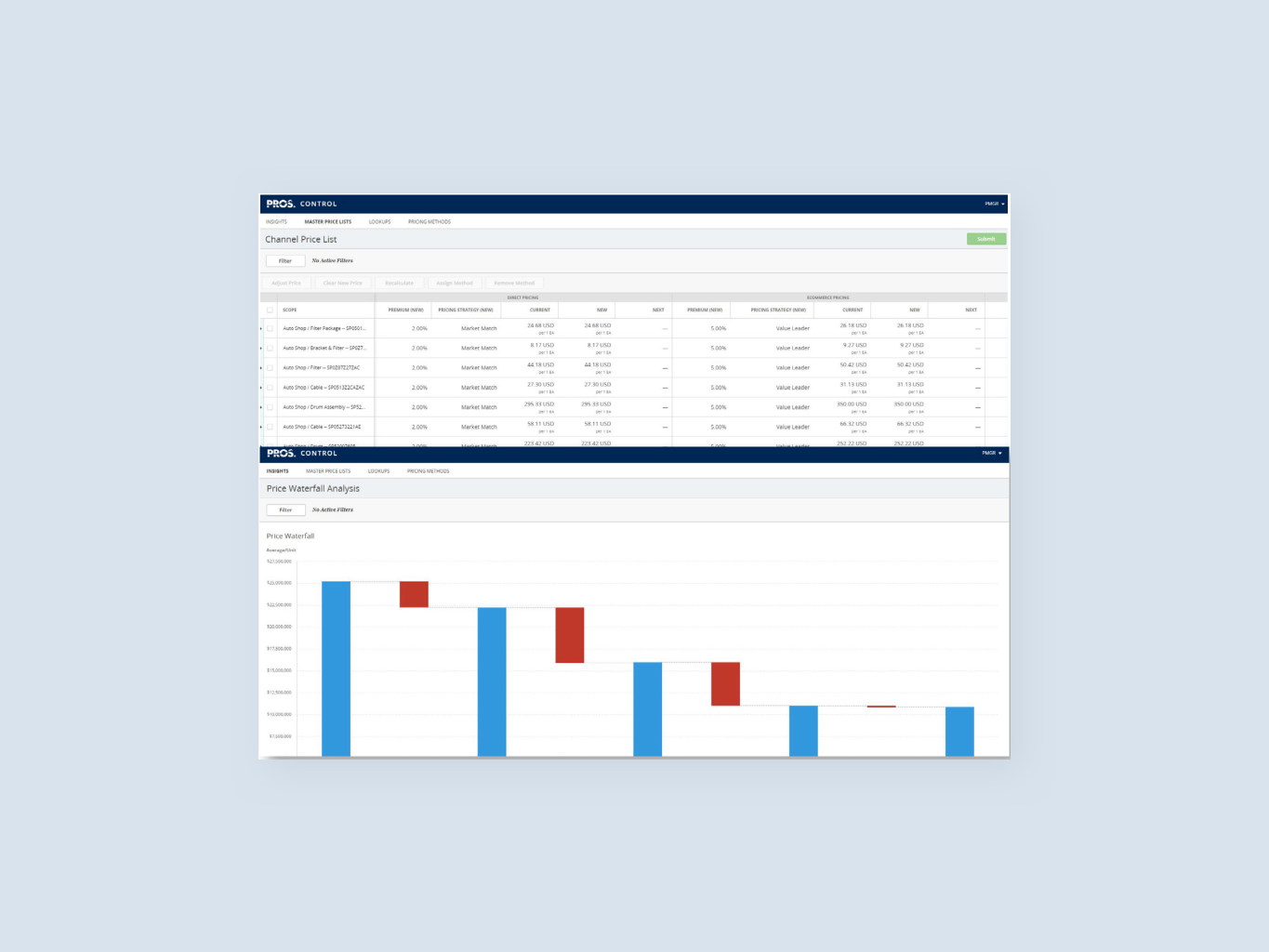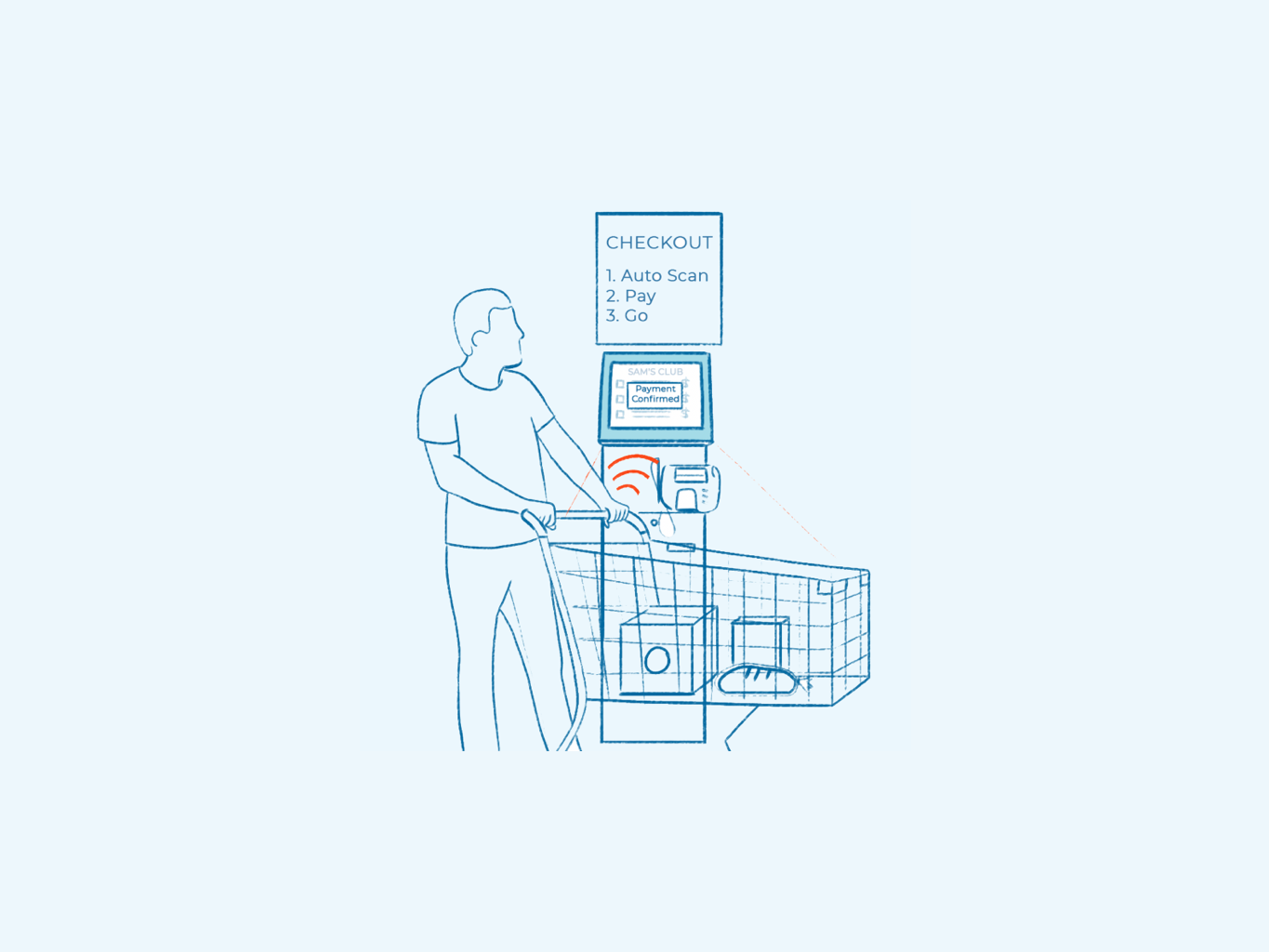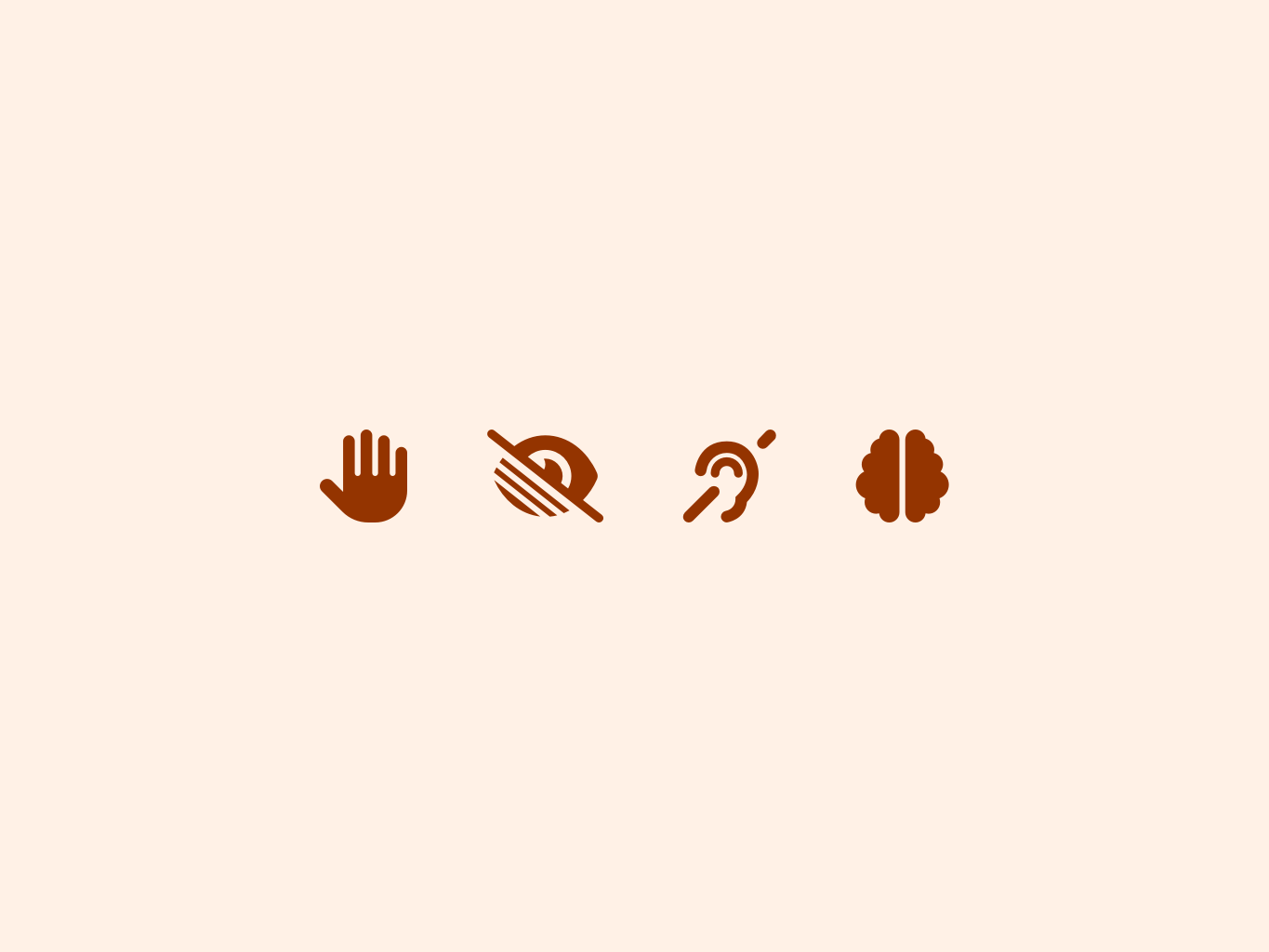Challenge
Develop a mobile app experience that help users create their own unique travel experience
Considerations
Business
• Both short-term and long-term steps were considered
• Impression survey and post-test survey are used to measure customer satisfaction
User / Usability
• Accessibility is a key design consideration
• Various testing methods are used to measure and improve usability
Development
• Collaborate with a engineer to break down our design into development needs (Golden Thread by IBM🔗)
Deliverables
Role
Lead UX/UI designer and user researcher (Team of 4+1)
Process
01 Frame the Opportunity
Personalized discovery experience
The project started when we were in the middle of the COVID pandemic. Travel is what all of our team members missed the most so we landed on this idea of improving the travel experience.
The huge travel market has been cluttered with apps that control small sectors of the entire experience, especially for booking. However, the discovering phase has been happening in all kinds of ways, and now more and more over social media. Our team saw an opportunity to provide personalized travel recommendations by analyzing one's social media, preference, friend's travel history.
02 Understand the Users
Social circle is a big influence. Trust is a major driver
Our team first mapped out the potential stakeholders involved and how they might interact with each other in a stakeholder map to get an idea of what stakeholders we should focus on, what other ones we need bear in mind and what our business partners could be. We created an empathy map to see how our primary users (leisure travelers & business travelers) might say and think about the current experience, as well as extreme users (frequent leisure & business travelers), and it was later validated and updated after interviews.
Interviews
As a team, we conducted 8 interviews on our main user groups to understand how they experience this journey now and how it can be improved. The insights include:
Key insights from interviews
Personas
Four personas were made to illustrate the details of each user group's pains and goals, but because the business travelers have many potential dependencies, such as corporate policies and internal processes that vary from company to company, we decided to scope down to only leisure travelers and extreme leisure travelers.
03 Explore Ideas
Hidden Gems
With all the research insights, we mapped our primary user Zoe, a leisure traveler's current journey and uncovered the main pain points and opportunities in different stages. See journey map 🔗
• Zoe needs a way to see available options, so she can easily compare her choices.
• Zoe needs a way to find reliable recommendations, so she can make more informed decisions.
• Zoe needs a way to find local hidden gems, so she can have unique travel experiences.
Our team also conducted a competitor analysis to evaluate our business/design differentiator by using methods like feature inspections, VIMM load factors and heuristic inspections. See full design inspection report 🔗
Feature inspection overview
04 Define New Concepts
Personalized Experience
We as a team brainstormed over 30 big ideas based on research. Four key features were made into epic stories and illustrated with storyboards. We also created over 80 UI sketches to explore design concepts. The following graph demonstrates this process.
05 Create Prototypes
Collaborative design work
Before we started design high fidelity prototypes, as a team we decided on our color palette, typography and logo that best represented our branding. We also tested our colors with accessibility tool to maximize the usability in our design.
Interactive prototypes in Adobe XD
Three designers on the team, me included, worked separately on different workflows. Within the timeframe, we couldn't build a comprehensive design system to align our design with but we synced up often to agree on design specifications to ensure a consistent UI.
06 Validate Design
We received overall positive feedback
We conducted 8 usability tests to gather user feedback on the interactive prototypes. Here's what we performed:
• Blink Test
• Initial Impression Surveys
• User Scenario Tests
• Post-Scenario Questions
• SUS Score (System Usability Scale)
• Post-Test Survey
We iterated the design after receiving feedbacks in the two rounds of usability testing.
Our 8 usability tests gave us overall 80.9 in SUS Score which gives our app an A grade. Though we need 11-14 users to get a proper score, it does show that Travallure is usable and people would recommend it to others.
07 Development
Golden Thread
Later, our team was lucky to have a software engineer to work together and move our design to the development sprint planning phase. Inspired by User Story Mapping practice, this process helped break down the user need statements into tasks that are actionable to the development team, and prioritize user stories that can make up an end-to-end experience and are realistic for development team to complete in one sprint/release.
We reviewed our originally written user need statements and wrote specific user tasks related to each statement. As our engineer walked us through the development considerations of each tasks, we realized many things were overlooked in the original design, such as email confirmation, relationship between followers, age and location verification, information availability and privacy protection.
Here's how we go from user statement needs to form the Golden Thread that is a complete user journey made up with prioritized user tasks. See detailed process 🔗
As for stories in development planning, we assumed one sprint of work and here's how our sprint stories and backlog look like. See all stories 🔗
Future Steps
Our team also considered both short-term and long term future development to build a more comprehensive user experience and a well-supported business.
Long-term considerations include: develop a sales cycle to expand revenue streams; form a support team to provide help to users; improve brand marketing to raise brand awareness and conversions; expand technology capability to work on other popular devices.
Team



